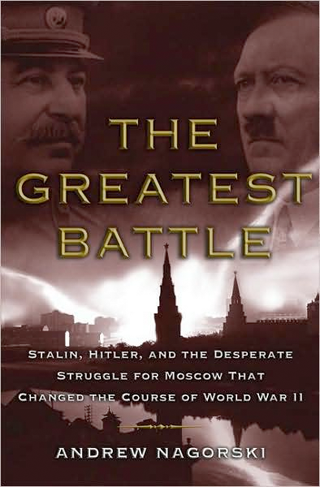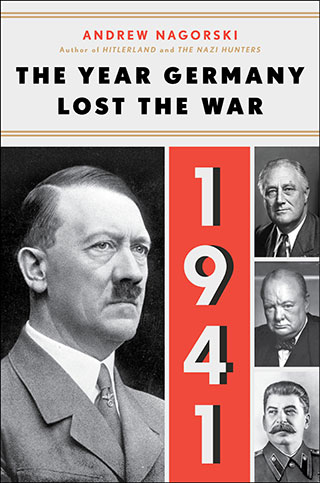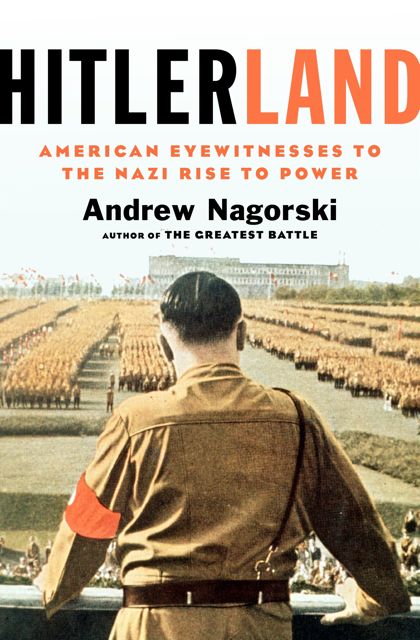In 1914, shortly after Germany invaded neutral Belgium, the German authorities exacted revenge for the shooting of several of their soldiers on patrol in Louvain. They executed more than 200 civilians, then methodically set fire to homes and to the University of Louvain’s library. About 250,000 books went up in flames, including 800 that had been printed before the year 1500. Rebuilt and lavishly restocked between the wars, the library once again went up in flames in May 1940, the result of German shelling in World War II. This time, 900,000 books were reduced to ashes, 200,000 of which had been donated by Germany under the terms of the Treaty of Versailles.
Wars routinely destroy not just lives but cultural treasures. Yet Robert M. Edsel keeps demonstrating that, for all its horrors and destruction, World War II included unprecedented efforts to preserve Europe’s artistic masterpieces as the Allies retook the continent.
In his earlier book “The Monuments Men,” Edsel focused on the American and British museum directors and art historians who were assigned that task in northwest Europe. (George Clooney is now directing and starring in a film based on that volume.) In “Saving Italy,” he zeroes in on members of the same unit sent into the field during the Italian campaign that started in 1943, when the Allies mounted their drive to topple Benito Mussolini’s fascist regime and expel the country’s German partners-turned-occupiers.
And what a dramatic story it is, given the extent of Italy’s artistic heritage, the looting of the retreating German forces and the intrigues within the German high command as they recognized they were fighting a losing battle. At the heart of Edsel’s lively narrative are the two most important art specialists dispatched to Italy in 1943: Deane Keller, 42 that year, a Yale art professor with an in-depth knowledge of Italy, and Fred Hartt, 29, a rising star of the Yale University Art Gallery. Because Keller was self-effacing while Hartt was expansive and attracted publicity, the two were occasionally at odds. But they shared the same passionate commitment to their mission.
During a nighttime raid on Milan in August 1943, the Royal Air Force offered an object lesson about how much was in jeopardy. A bomb landed 80 feet from Leonardo da Vinci’s “The Last Supper,” destroying the wall of the refectory of a Dominican monastery. Thanks to strategically placed sandbags and scaffolding, the painting survived, but initially no one dared risk digging through the debris to see whether it really had.
Such episodes compelled Allied commanders, from Gen. Dwight D. Eisenhower on down, to pay more than lip service to the notion that their offensives should seek to minimize the destruction of cultural treasures. While the safety of their troops always came first, much could be done to that end, whether it was a matter of keeping troops from billeting in architectural jewels or of more selective targeting.
Most of the art specialists, as Keller put it, saw themselves as engaged in “a personal crusade” to save whatever they could. Their biggest frustration was that they often felt like bystanders, able to move in only after the destruction had taken place. After assessing the American bombing of Padua, which included a direct hit on the Chapel of Mantegna with its famed frescoes, Hartt despaired, “I should characterize the situation as desperate.”
The other source inducing high anxiety: the looting of the art treasures by retreating German forces. Ironically, the Germans had learned some lessons from World War I and enlisted their own art specialists to avoid the kind of wholesale destruction that had been evident at Louvain. But they wanted both to claim credit for preserving the treasures and to send them home.
Most infamously, Hermann Goering demanded a steady flow of priceless objects from Monte Cassino, Florence and elsewhere. Keller, Hartt and their Italian counterparts were continually trying to trace the Germans’ stunning hauls, and how they largely succeeded makes for a riveting read. So do some of the other spectacular successes in undoing the damage of warfare. In Pisa, a city hit hard by American bombers and German artillery, Keller orchestrated a massive effort to save the gorgeous frescoes of the Camposanto, with a team of engineers and workers erecting protective covering while they also gathered up countless specks of painted plaster for reassembling later. For his role in returning a vast trove of art to Florence, Hartt was named an honorary citizen of that city after the fighting ended.
Edsel’s larger point in this and his previous book — and through the work of his Monuments Men Foundation — is that the achievements of both men and their colleagues should be “a source of pride for all Americans.” While he was deployed, Keller did not think that such a moment of recognition would ever come. He suspected that the larger narrative of the global conflagration would overshadow everything else. At a time when millions were dying, the fate of Italy’s masterpieces could easily be seen as a mere footnote. “I wonder if this whole story will ever come out for people to know about and to realize — I doubt it,” Keller wrote in a letter to his wife.
On that particular point, Edsel’s book proves him dead wrong.
Andrew Nagorski is vice president of the EastWest Institute and the author of “Hitlerland: American Eyewitnesses to the Nazi Rise to Power.”
SAVING ITALY
The Race to Rescue a Nation’s Treasures from the Nazis
By Robert M. Edsel
Norton. 454 pp. $28.95









